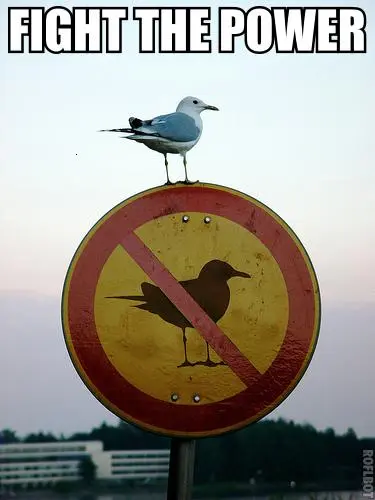Hang on.
The answer is printed right on there.
The question is if that answer is correct though lol
Thus, there is no point bothering me, I just know.
I’m very distracted by the fact that the answer given by number 2 is wrong.
Crazy how someone can go throw the process of writing and illustrating a math problem only to fail to count to 10.
Looks like it’s part of the assignment to check the answer if it is correct.
“Because that’s how math works”
What’s going on with the visualization to the right of it? I can’t make heads or tails of how you’re supposed to use it lol
Probably 19+14 =19+4+10
Idk, it looks like it’s part of the same question, so solving 19+14 is a little pointless when solving 19+45.
Looking at the bottom question:
The circles are units. There are 8 at the top (from 48) and 4 at the bottom (from 24).
You make a little tent to hold 10 of the circles and the circles outside the tent is the unit amount for your answer. I’m this case there should be 2 left over but the question is incorrect. (this is because the homework is to check that each answer is correct or not)
Next you count the number of dashed lines, which represent the tens. Add another 10 if you made a tent around the units.
Now, why you would ever do such convoluted BS instead of just adding these number together idk. I know I’m not four years old any more, but seriously this is so much effort when you could just count on your fingers. They’ve already got the one-number-above-another addition thing going on, but it’s completely ignored…
Now, why you would ever do such convoluted BS instead of just adding these number together idk. I know I’m not four years old any more, but seriously this is so much effort when you could just count on your fingers. They’ve already got the one-number-above-another addition thing going on, but it’s completely ignored…
Completely agree, it’s just nonsence… they turned addition into quantum mechanics, I mean, there is no simpler way, it really is THAT simple…
source: it came to me in a dream.
If you can’t “explain it to your grandma”, then you don’t know.
73??
I assume the question is “Which answer is correct?” or “Do you think the answer is correct?” or something along those lines.
Carry the one
Is this how they teach addition these days?
I remember my grandma chiding me for not memorizing log tables in school. Times change, and primary educational theory is hardly in the zeitgeist.
I’m not an expert, but most changes from what “we” (which I’m taking anyone aged 5-10 between 1980 and 2000 roughly) experienced to what “kids nowadays” (there are two epochs, 2000-2010, 2010-now) experience are due to the greater availability of data tools
With data and technology being more available the way math is taught had to change (although we have calculators with us permenantly now, so we need to rote-memorize less, we need to focus more on what the calculator is doing behind the scenes so we understand the processes), in order to ameliorate the other issue: stratification of learning between rich/poor, and between NA/LATAM/AMEA/EU
When you actually read the requirements, and compare them to the image, it makes a bit more sense
Make sense of problems and persevere in solving them
Reason abstractly and quantitatively
Construct viable arguments and critique the reasoning of others
Model with mathematics
Use appropriate tools strategically
Attend to precision
Look for and make use of structure
Look for and express regularity in repeated reasoning
Without wanting to be too glib, how would one differently integrate the above bullet points into an educational schema that allows flexibility for different learning styles, classroom environments, levels of literacy, competency, variations in age/development/background/homelife, disabilities over the course of 5 years while tracking other learnings in key educational areas to complement the syllabus?
These things get a bad reputation but the moment to attempt to tackle the problem yourself, you start to see how massively complex and difficult it is.
Um…
I just meant that it looks more effort to count and lassoo the tens and ones than it is to just add it up the old fashioned way with a “doorstep”.
Are you perhaps saying that trying to teach an understanding of a concept like place value or carrying is more complicated than just getting the answer to an arithmetic problem? I have no idea why that should be the case, where would you get such an idea anyway?
well that’s the point I was making, there is no “just”
I know… we never had these graphical things to help us, yet we somehow managed to learn it…
It’s almost like teachers have developed new ways to teach that are different but maybe a more effective way for kids to learn.
People always get so weird about newer math teaching techniques. I get that it’s new and doesn’t make sense to us because it’s not how we learned, but the kneejerk reaction of “this is obviously worse than how I learned” without any understanding of the method or why it might teach better fundamentals is… Silly
“I paid attention to the lesson.”
Are we gonna talk about #2 ???
They just DONT KNOW!
Read the text at the top of the page
The text that can’t be read because it’s cut off?
“answer is correct? Tell us how you know”







